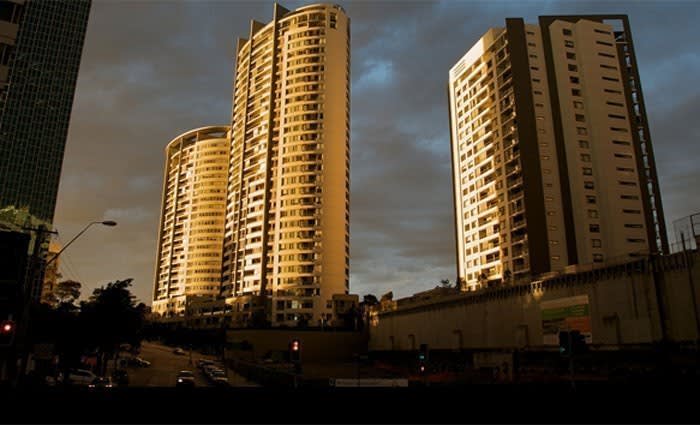We still need well planned medium density housing: PIA
EXPERT OBSERVER
The recent announcement by the Minister for Planning to defer the introduction of the medium density (complying development) code in some councils is negatively impacting the wrong families or target market.
The government should not link community pushback and pressure for high rise apartment growth - with the growing need for more modest medium density housing – especially terraces and dual occupancies.
There is justified concern across Sydney that local living conditions and growth/enhancements in social facilities have not improved at the same pace as recent growth and intensification of housing. This is not ‘nimbyism’. It is a response to the difficulties faced by governments to raise and spend sufficient infrastructure dollars in the right place at the right time – in the face of rapid growth.
The Greater Sydney Commission is right to highlight those areas (eg Ryde and Canterbury-Bankstown) where the mismatch between recent growth and amenity is great. There are opportunities for State and Local Government to improve infrastructure investment and build capacity, divert growth - or just pause to catch up. But, the approaches taken must be evidence-based and strategic – and not be seen as a reaction to key electorates.
The planning framework needs to offer a predictable basis for investment in the types of housing we need – in ways that reflect the communities’ values and needs for a place.
Sydney has sound regional plan and district plans that set out the challenge to accommodate another 740,000 dwellings by 2036. They cannot all be apartments in inner city areas or homes on the edge of Sydney. Our population is getting older, more people are choosing to live in smaller housing, while many households are also looking for well-designed and more affordable accommodation closer to jobs and centres.
Offering greater choice for medium density housing in Sydney’s ‘missing middle’ is vital for a fair and socially sustainable city.
A planning system that only offers a complying development pathway for single detached houses is not balanced. PIA has supported having the same incentive for a diversity of medium density housing types including terraces, dual occupancies and even ‘manor homes’ if well-designed and in the right setting.
Local Housing Strategies offer a way of checking that Council zoning approaches and contributions plans respond to the diverse housing needs and characteristics of the community – including amenity and infrastructure provision. These strategies could provide solid evidence for any deferral of major planning proposals at the ‘gateway’ stage.
Local Housing Strategies can also help councils to get a handle on how a model code for medium density housing will take effect in their area. Depending on whether a council permits multi-unit or medium density development in low density residential zones is significant. If a council already has specific floor space ratios and setbacks then the outcomes of the code on housing supply would potentially be much lower.
PIA acknowledges that infrastructure delivery at a local scale has often not kept pace with apartment growth. A solution is to focus on funding infrastructure and strengthening amenity alongside acceptable rates and patterns of growth.
Ad hoc deferral of new policy supporting medium density housing is not necessarily going to assist many communities across the state who wish to stay in their local suburb and age in place.
Jenny Rudolph is the PIA NSW President
